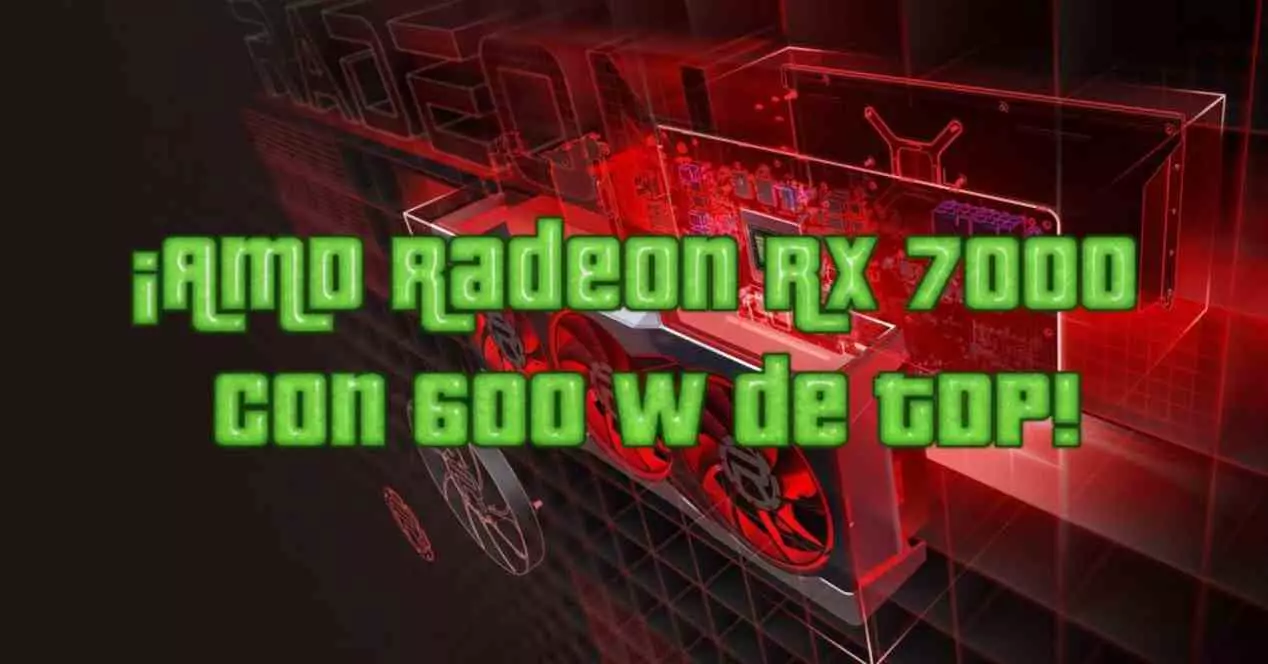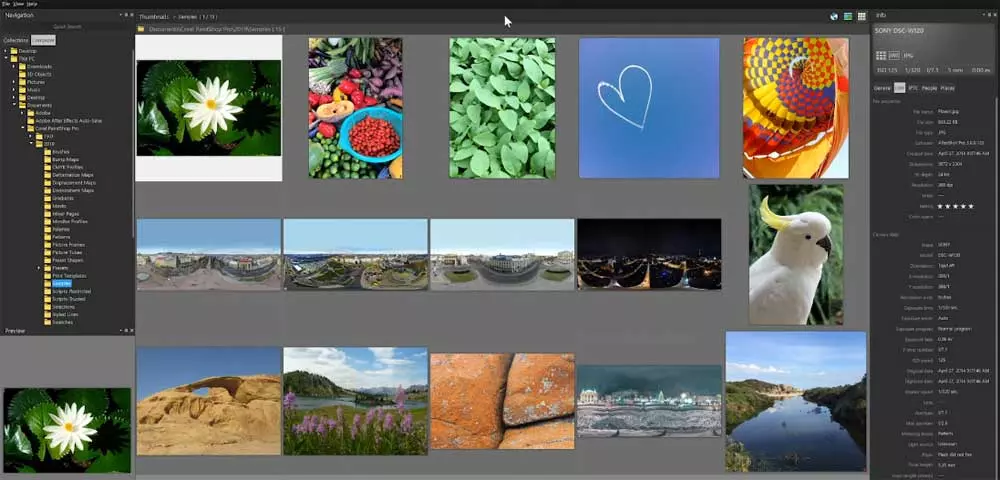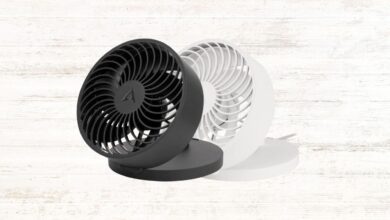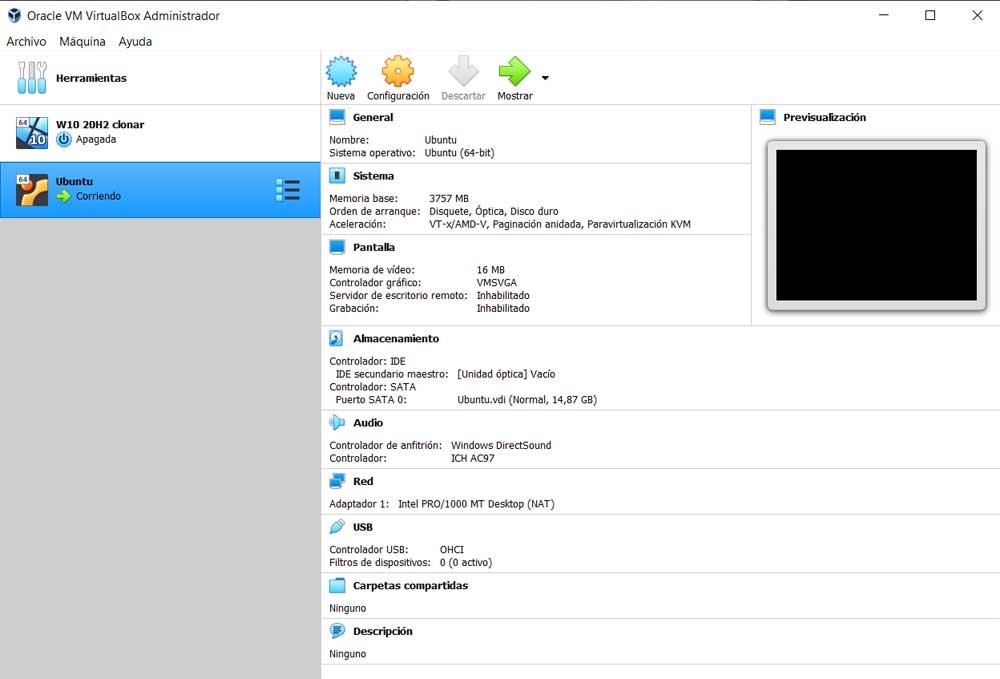
Although it is still too early to talk about the RDNA 3 architecture. On which the RX 7000 series of graphics cards will be based, as well as the integrated GPU of several of its future Ryzen processors, little by little new information and details. And taking advantage of an interview that AMD itself has granted to a medium, we have decided to collect and order this information about how the Radeon Technology Group intends to surpass NVIDIA’s RTX 40 with its new architecture. Between them the possibility that the TDP of the AMD RX 7000 is 600 W.
Officially, about RDNA 3 we know rather little. First of all, it will be the first GPU architecture broken down into multiple chips. In a movement very similar to what AMD itself has already done with its Ryzen desktop CPUs. On the other hand, the use of the TSMC 5nm node for the manufacture of part of the chips that will be part of the GPU and finally, as in the previous generations of the RDNA architecture, we will see some model that will have a 50% additional performance under the same consumption compared to an existing graphics card from the current RX 6000. However, an interview granted to Tom’s Hardware by Sam Naffzigerone of the architects of Radeon graphics, we have been able to discover new details hitherto unknown.
The RX 7000 will reach 600 W of TDP with the new PCIe connector
In an interview of almost an hour, Naffizger has been answering different questions that have been thrown at him and that have helped us to obtain new details and get an idea of AMD’s plans for its RX 7000. One of the key questions has been the support for the 12+4 pin PCIe Gen 5 connectors, which we know will be used by NVIDIA, but we had no official confirmation from its rival. Well, everything indicates that AMD could also join this trendia. Which means that we could see models of the RX 7000 of 600 W of consumptionor at a given time. Although this is something that they have not decided yet, so there would not be a specific product on the roadmap at this time.
The other point is the energy consumption, the fact that you can achieve more performance for less consumption implies that in a similar configuration in terms of number of cores you can achieve the same speed with a lower voltage. In the step from RDNA to RDNA 2 the additional 50% yield was between the RX 5700 XT and the RX 6700 XT. At the moment we do not know which model of the RX 7000 will have 50% more efficiency compared to the RX 6000.
Be that as it may, the performance of a GPU is hard to measure by all those fixed function units out there, however, one way to compare architectures in terms of performance per watt is in floating point computation rate. That is, the blessed TFLOPS. So in the end it all boils down to the fact that the number of operations per consumption unit has been increasing progressively over time.
AMD will continue without betting on Tensor Cores in the RX 7000
As for adding drives analogous to NVIDIA’s RTX Tensor Cores or Matrix Cores from its own CDNA architectures for high-performance computing, AMD’s response has been clear: support for FP16 through Rapid Packed Math is enough. Therefore, these units will continue to be exclusive for the moment of the AMD Intinct and, therefore, the RX 7000 will not have Tensor Cores, at least in principle. Which means that we will not see any future version of FidelityFX Super Resolution based on deep learning.



